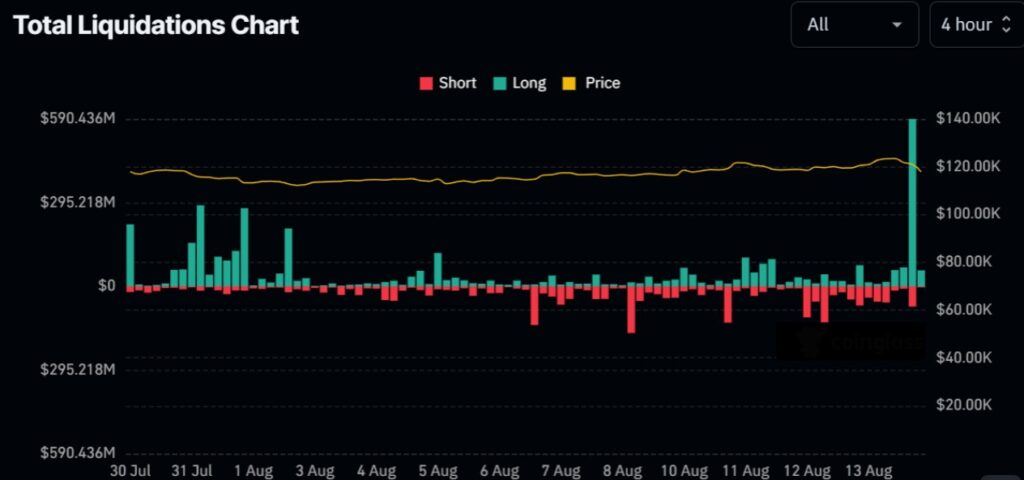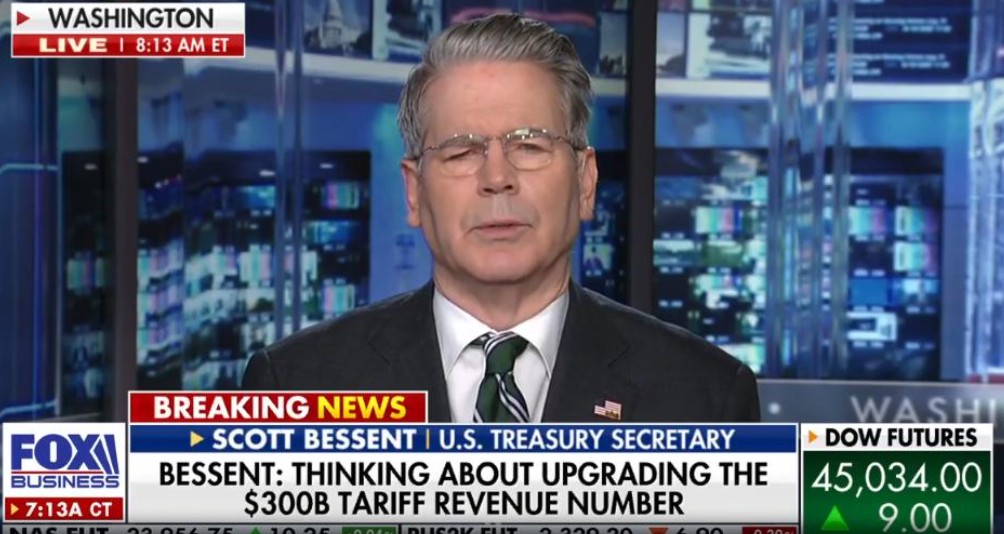Important Information
This website is managed by Ultima Markets’ international entities, and it’s important to emphasise that they are not subject to regulation by the FCA in the UK. Therefore, you must understand that you will not have the FCA’s protection when investing through this website – for example:
- You will not be guaranteed Negative Balance Protection
- You will not be protected by FCA’s leverage restrictions
- You will not have the right to settle disputes via the Financial Ombudsman Service (FOS)
- You will not be protected by Financial Services Compensation Scheme (FSCS)
- Any monies deposited will not be afforded the protection required under the FCA Client Assets Sourcebook. The level of protection for your funds will be determined by the regulations of the relevant local regulator.
Note: Ultima Markets is currently developing a dedicated website for UK clients and expects to onboard UK clients under FCA regulations in 2026.
If you would like to proceed and visit this website, you acknowledge and confirm the following:
- 1.The website is owned by Ultima Markets’ international entities and not by Ultima Markets UK Ltd, which is regulated by the FCA.
- 2.Ultima Markets Limited, or any of the Ultima Markets international entities, are neither based in the UK nor licensed by the FCA.
- 3.You are accessing the website at your own initiative and have not been solicited by Ultima Markets Limited in any way.
- 4.Investing through this website does not grant you the protections provided by the FCA.
- 5.Should you choose to invest through this website or with any of the international Ultima Markets entities, you will be subject to the rules and regulations of the relevant international regulatory authorities, not the FCA.
Ultima Markets wants to make it clear that we are duly licensed and authorised to offer the services and financial derivative products listed on our website. Individuals accessing this website and registering a trading account do so entirely of their own volition and without prior solicitation.
By confirming your decision to proceed with entering the website, you hereby affirm that this decision was solely initiated by you, and no solicitation has been made by any Ultima Markets entity.
I confirm my intention to proceed and enter this website Please direct me to the website operated by Ultima Markets , regulated by the FCA in the United KingdomBitcoin is going down due to a combination of market liquidations, inflation concerns, and profit-taking by investors. As Bitcoin’s price increases rapidly, traders often cash out, leading to market corrections. Additionally, inflation worries and tightening monetary policies from central banks make Bitcoin less attractive to investors in the short term.
Why is Bitcoin Going Down? Reason Explained
Bitcoin recently reached a high of $124,500 but immediately slumped to $117,880, reflecting a 3% decrease in value over the past 24 hours. This fluctuation has raised the question: Why is Bitcoin going down? In this article, we’ll break down the key factors behind Bitcoin’s decline and examine whether Bitcoin will rise again.

Market Liquidations and Leveraged Trading
One of the primary reasons Bitcoin is experiencing a decline is the significant market liquidations in leveraged positions. Traders who use leverage (borrowed funds) to maximize their positions face forced liquidations when the market moves against them. This leads to additional selling pressure, accelerating the decline in Bitcoin’s price.
When the market is highly volatile, as it has been recently, the ripple effect of these liquidations becomes more severe, causing sharper drops. As Bitcoin fell from $124,500 to $117,880, a high number of traders were forced to exit their positions, which worsened the sell-off.
Inflation Shock Triggering Market Wipeout and Tightening Monetary Policies
The broader economic environment is another key factor contributing to Bitcoin’s price drop. Inflation concerns and the tightening of monetary policies by central banks have made investors more risk-averse. When inflation rises, central banks typically raise interest rates to cool down the economy.
Higher interest rates make traditional investments more attractive compared to riskier assets like Bitcoin, prompting investors to move their funds elsewhere. This shift in investor sentiment has led to the 3% drop in Bitcoin’s value, as seen over the past 24 hours.
Profit-Taking and Market Corrections
Another reason behind the recent downturn is profit-taking by early Bitcoin investors. Bitcoin’s surge to $124,500 attracted many traders to take profits off the table, creating downward pressure on the price. This is a normal market behavior after a significant rally, as investors sell off some of their holdings to lock in gains.
Additionally, markets often experience corrections after rapid price increases, and Bitcoin’s recent slump could be seen as part of a typical market correction.
Regulatory Pressure and Market Sentiment
Regulatory scrutiny has been another factor in Bitcoin’s recent decline. As governments and financial institutions around the world look to regulate cryptocurrency markets more closely, uncertainty surrounding regulations can have an immediate impact on Bitcoin’s price. News of stricter regulations can lead to market volatility as traders react to the potential risks associated with regulatory changes.
These regulatory concerns have contributed to the broader negative sentiment surrounding Bitcoin, causing prices to decline as investors become wary of the future landscape.

Will Bitcoin Rise Again? Future Outlook
Despite the downturn, the key question remains: Will Bitcoin rise again? While it’s difficult to predict with certainty, Bitcoin has historically shown resilience after downturns. Here’s why a recovery might be on the horizon:
Institutional Adoption and Interest
Institutional investors are continuing to show interest in Bitcoin, which may provide long-term support for the price. As more large-scale investors and financial institutions get involved, the potential for Bitcoin’s recovery increases.
Market Sentiment Shifts
As the global economic environment stabilizes, market sentiment towards Bitcoin could shift positively, leading to a price rebound. The market’s reaction to recent regulatory developments will also influence this sentiment.
Technological Advancements in Blockchain
Advancements in blockchain technology, including the continued adoption of Bitcoin in decentralized finance (DeFi) and other sectors, could help increase its value and appeal in the future.

Google Pay’s New Licensing Rules: Impacts on Bitcoin
In the regulatory space, Google Pay has set new licensing rules for crypto wallet developers, which could have indirect effects on Bitcoin’s price. These regulations are intended to increase transparency and security, which could help stabilize the market in the long run.
While this may cause short-term market instability, these changes could enhance investor confidence and create a more secure environment for Bitcoin transactions, potentially benefiting its long-term price stability.
Bitcoin vs Other Cryptocurrencies: Why Bitcoin Is Different
While Bitcoin is often grouped with other cryptocurrencies, it has distinct characteristics that set it apart from the rest of the market. As the first-ever cryptocurrency, Bitcoin benefits from brand recognition, a large user base, and strong network effects. These factors contribute to Bitcoin’s dominance in the market, even during downturns.
Key Differences:
- Market Perception: Bitcoin is widely perceived as “digital gold”, a store of value, while other cryptocurrencies like Ethereum are seen as platforms for decentralized applications (dApps). This perception has made Bitcoin the go-to asset for long-term investors looking for a hedge against inflation or a safe haven during market uncertainty.
- Supply Cap: Bitcoin has a fixed supply of 21 million coins, which makes it unique compared to other cryptocurrencies that may have an inflationary model. This limited supply can make Bitcoin less susceptible to inflationary pressures than other assets, though in times of crisis, it still faces price volatility.
- Adoption and Institutional Interest: Bitcoin leads the way in institutional interest, with major financial institutions increasingly adding it to their portfolios. Although other cryptocurrencies like Ethereum and Solana have also gained traction, Bitcoin remains the most recognized and widely adopted.
- Volatility: While all cryptocurrencies experience volatility, Bitcoin’s market cap and liquidity provide a cushion that generally makes it more stable than newer or lesser-known coins. However, Bitcoin still undergoes significant fluctuations, particularly during market-wide corrections.
What Can Traders Do in a Down Market?
In a down market, traders need to adjust their strategies to mitigate risks and protect their portfolios. Here are some actions traders can take when Bitcoin and other assets are experiencing a decline:
Risk Management
- Set Stop-Loss Orders: This ensures that you can limit your losses when Bitcoin’s price hits a certain threshold.
- Position Sizing: Reduce the size of your trades to ensure that one loss doesn’t severely impact your overall portfolio.
- Diversification: Spread your risk across different assets, including other cryptocurrencies or traditional investments like stocks or commodities.
Focus on Long-Term Goals
- While short-term price drops can be unsettling, focus on the long-term potential of Bitcoin. Many seasoned investors see market downturns as an opportunity to accumulate more Bitcoin at lower prices.
- Avoid making impulsive decisions based on short-term market movements. Bitcoin has historically recovered from significant drops, and many traders see price dips as buying opportunities.
Hedge with Stablecoins
During a down market, traders often switch to stablecoins like USDT or USDC to reduce exposure to volatility. Stablecoins are pegged to fiat currencies like the U.S. dollar, allowing traders to keep their value intact while staying in the crypto ecosystem.
Use Technical Analysis
- Leverage technical indicators to identify key price levels that might signal a trend reversal. For example, if Bitcoin hits a support level, it could bounce back, and traders can use this information to enter positions at lower risk.
- Monitor moving averages, RSI, and MACD indicators to spot potential buying opportunities during a market correction.
Stay Updated on Market News
Keeping an eye on macroeconomic factors, inflation concerns, and regulatory developments can help traders anticipate future price movements. Staying informed allows traders to react to market changes more effectively.
Conclusion
Bitcoin’s recent price drop is driven by several factors, including market liquidations, inflation concerns, and profit-taking by traders. However, Bitcoin remains distinct from other cryptocurrencies due to its market leadership, limited supply, and institutional adoption.
For traders, navigating a down market involves careful risk management, staying informed about market developments, and focusing on long-term strategies. While Bitcoin’s price may continue to fluctuate, its resilience and foundational role in the crypto ecosystem mean that there is still significant potential for recovery.
At Ultima Markets, we understand the importance of adapting to market changes and providing traders with the tools they need to make informed decisions. Whether you’re trading Bitcoin or other assets, we offer a secure trading platform, real-time market analysis, and educational resources to help you stay ahead of the curve.
Disclaimer: This content is provided for informational purposes only and does not constitute, and should not be construed as, financial, investment, or other professional advice. No statement or opinion contained here in should be considered a recommendation by Ultima Markets or the author regarding any specific investment product, strategy, or transaction. Readers are advised not to rely solely on this material when making investment decisions and should seek independent advice where appropriate.












